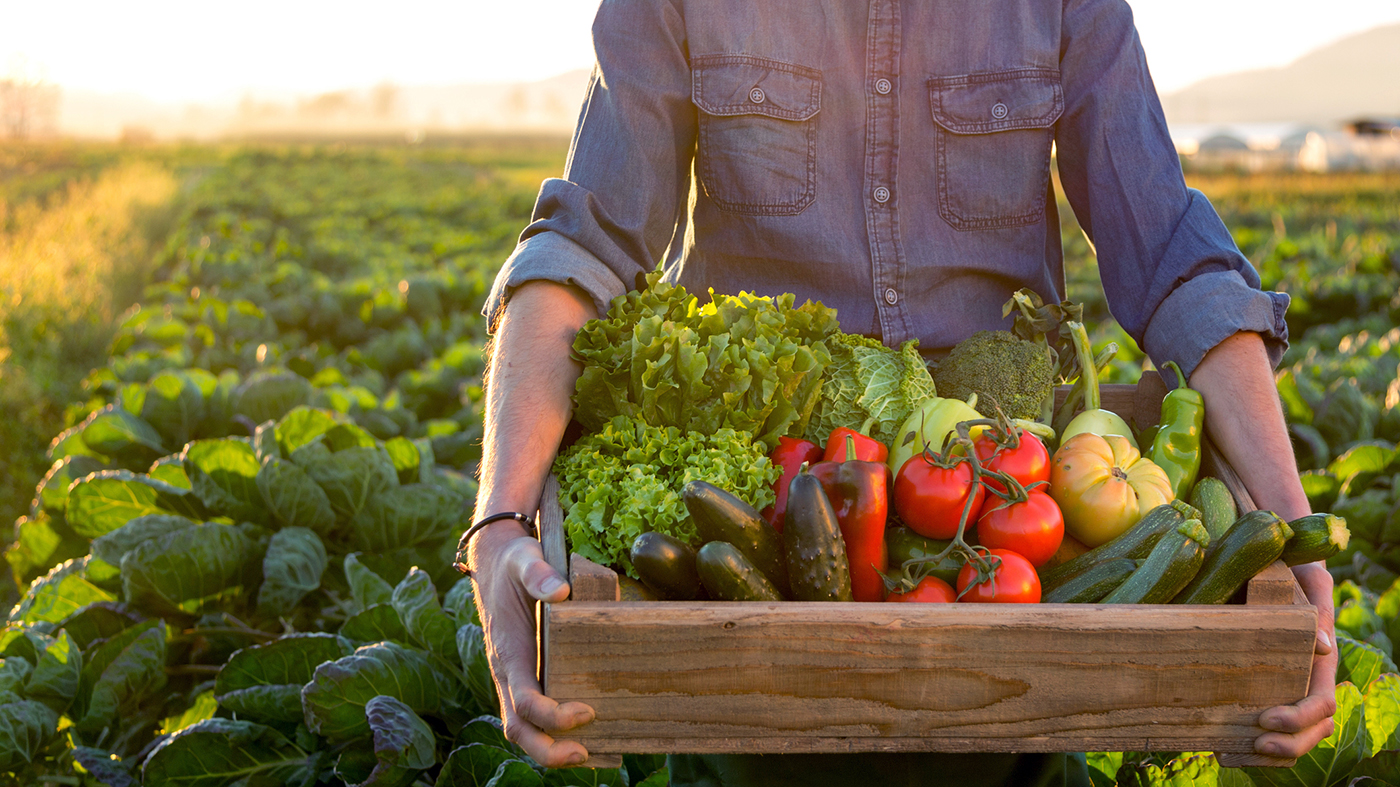Regenerative agriculture is a practice aimed at improving the health of soil, water, crops and people by focusing on relationships between these elements. The emphasis is on healing the environment, and it uses a blend of traditional wisdom and modern science.
Regenerative agriculture mimics natural cycles of growth through crop rotation, rotational grazing, cover crops and reduced tillage. By working with nature instead of against it, the environment is allowed to thrive. The goal is to improve soil health, increase food and nutrition, store more carbon and enhance biodiversity.
One outcome of regenerative agriculture is the potential for higher nutrient content of crops thereby feeding the population nutrient-rich foods, which leads to our society’s improved nutrition.
Getting there is not without obstacles. The number of farmers is dwindling, and the United States and Western Europe have been experiencing a decline in the number of farms—and an increase in farm size as larger farms gobble up the smaller ones. The most recent data from the Department of Agriculture indicates there were 200,000 fewer farms in 2022 than in 2007.
USDA programs for beginner farmers
The biodiversity of larger farms typically suffers under conventional practices. However, by integrating regenerative practices, biodiversity can continue to flourish. Improvements in farm technology have led to farmers being able to grow more food on less land with fewer resources. Use of precision technology to apply exactly the amount of fertilizer and pesticides needed at the right time in the right place reduces the use of them.
A larger percentage of military Veterans live in rural areas compared to the general public, according to the U.S census. The USDA has programs available to beginner farmers to assist with the financial burden of starting up a farm and can help Veteran farmers with technical and financial assistance.
Anyone can play a role in supporting regenerative agriculture. Get to know your local farmers and start asking about their farming practices. Buying local meat, dairy and produce is a good first step to shifting our food system toward a more responsible, regenerative state.
Topics in this story
More Stories
Study underscores important role COVID vaccination can have in protecting Veterans from infection and reducing long-term health consequences
Columbia VA’s robotic surgery teams completed their 800th robotic surgery and are on schedule to hit 1,000 by the end of the year.
In a decentralized clinical trial, Veterans can participate from their own homes or local VA instead of having to travel to a research site.






